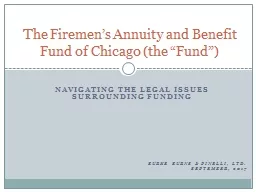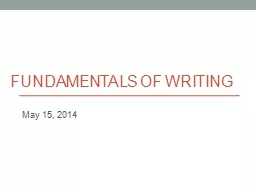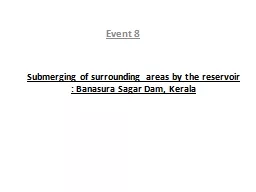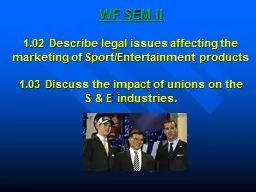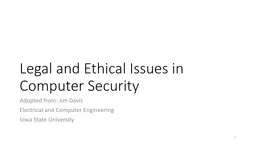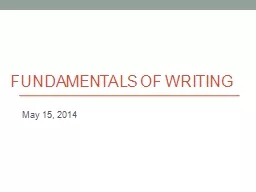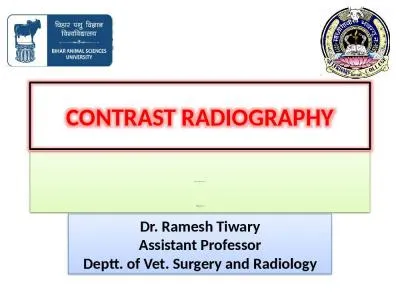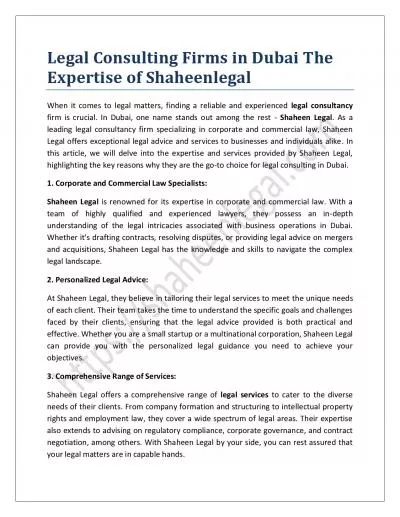PPT-Navigating the legal issues surrounding funding
Author : giovanna-bartolotta | Published Date : 2019-11-20
Navigating the legal issues surrounding funding The Firemens Annuity and Benefit Fund of Chicago the Fund Burke Burns amp Pinelli Ltd September 2017 Speaker Mary
Presentation Embed Code
Download Presentation
Download Presentation The PPT/PDF document "Navigating the legal issues surrounding ..." is the property of its rightful owner. Permission is granted to download and print the materials on this website for personal, non-commercial use only, and to display it on your personal computer provided you do not modify the materials and that you retain all copyright notices contained in the materials. By downloading content from our website, you accept the terms of this agreement.
Navigating the legal issues surrounding funding: Transcript
Download Rules Of Document
"Navigating the legal issues surrounding funding"The content belongs to its owner. You may download and print it for personal use, without modification, and keep all copyright notices. By downloading, you agree to these terms.
Related Documents

